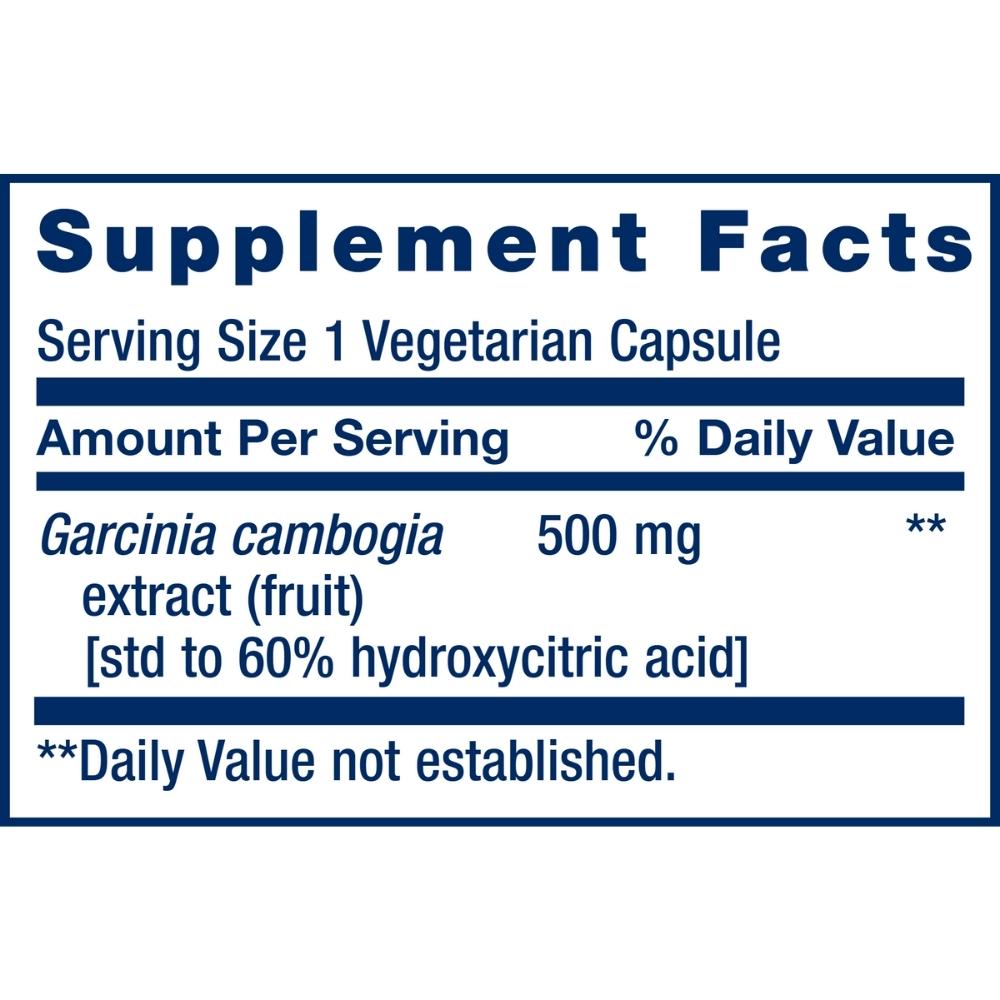Wander into your local supplement store, head to the exercise support section and you’ll find an array of exotic and fabulous sounding options purported to help you lose weight, gain muscle, enhance performance and increase your chances of becoming a superhero! One supplement you’re sure to find on the shelf is BCAAs, or branched-chain amino acids. So, should you be adding these to your sport supplementation protocol? Let’s take a closer look…
What are amino acids?
Amino acids are organic compounds that are the building blocks of protein, and essential for nearly every metabolic process in the body. This makes them important in physiologic processes all over the body. The body requires 20 different amino acids to maintain all of these processes, and truly to maintain life.
Our bones, muscles, organs, glands, tendons, arteries, hair and nails are built out of amino acids. Our bodies are, in essence, a very wonderful and complex array of amino acids in different combinations. That’s pretty amazing to consider. Not only do they make up our physical structure, amino acids affect how nutrients and glucose are carried around in our body and are the basis of the neurotransmitters in our brains. This means amino acids affect our cognition, mood, energy and brain health. There are so many functions of proteins, and therefore amino acids, in our bodies, it’s nearly impossible to count!
Of the 20 amino acids that are required in our bodies, we can make 11 of them ourselves. Nine of the 20 cannot be produced in the body, and must be consumed in our diets; they are thereby named essential amino acids. Think of it as “essential to consume”. Essential amino acids include: histidine, isoleucine, leucine, lysine, methionine, phenylalanine, threonine, tryptophan and valine. Three of these nine amino acids are classified as branched-chain amino acids.

What is a branched-chain amino acid (BCAA)?
BCAAs are a set of three amino acids (leucine, isoleucine and valine) that belong to the category of essential amino acids, accounting for 35% of the essential amino acids in muscle proteins and 40% of the preformed amino acids required by mammals. That’s an astounding amount. The “branched” structure of these 3 amino acids makes them unique in how they are transported in the body. They can be sent to the bloodstream directly from the liver, as opposed to undergoing the more lengthy metabolic process of other amino acids. This makes them fast to act, and possibly more important to the prevention and repair of damaged muscle tissue in the body.

Benefits of BCAAs
Branched-chain amino acids are utilized in the medical treatment of amyotrophic lateral sclerosis (ALS, Lou Gehrig’s disease), brain conditions related to liver disease like chronic hepatic encephalopathy and tardive dyskinesia. Branched-chain amino acids stimulate our bodies to build protein, and my help prevent the breakdown of muscle tissue. They also assist to prevent broken chemical transmissions in the brain that lead to certain chronic diseases. Outside of treatment for major medical conditions, multiple studies have shown usage of BCAA for general health, body weight management and exercise support. Let’s examine some of the most common uses for BCAA as a supplement.
Decreased obesity and belly fat
– Having more BCAAs in your diet may help you keep your weight down. A study published in the Journal of Nutrition found higher intake of BCAAs to be inversely associated with overweight status/obesity. In short, more BCAAs in the diet may mean lower body fat percentage. Ahem, I’ll take some of that!
Increased exercise performance
– Taking some BCAAs with your exercise sessions may enhance your performance at the gym or on the road. BCAA supplementation can reduce your perceived exertion during your workouts and lead to better performance. This is likely due to the effect that BCAAs can have on brain serotonin levels. Serotonin is a lovely neurotransmitter. It can make us feel calm and relaxed, and maybe a little bit sleepy. Those are really great things, but not when you’re trying to beat your speed record! Tryptophan is the parent amino acid to serotonin production. BCAAs may reduce serotonin levels in the brain by competitively blocking entry of tryptophan. Studies showenhancement of physical performance of over 17%, and reduction in endurance running times with BCAA supplementation, particularly in the “slower runners” of the group. Just sayin…
Decreased DOMS
– Say what now? DOMS or delayed onset muscle soreness is the lingering, sore, heavy, “why did I do this” feeling you get the day or 2 after your intense gym sessions. DOMS may result from the micro tears in your muscle fibers that cause inflammation. Not to fear! Those tiny tears get repaired, which is how we facilitate hypertrophy, or muscle growth, as long as the damage is not excessive. Studies suggest that BCAAs may help prevent excessive muscle breakdown during exercise. Not only does DOMS make you feel cruddy, it can reduce your strength and inhibit you getting back in for that next workout and staying on track! BCAA supplementation before weight training reduces DOMs. So, take some BCAAs and you can get back to your squat program, and we know what that means.
This sounds great, are there any risks?
Long-term use studies have shown no harmful effects from BCAA supplementation. Possible side effects in some individuals may include nausea and headache, which may relate to what you take your BCAAs with, and when (more on that later). If you have chronic alcoholism, are planning for/recovering from surgery, or if you are pregnant or nursing, you should consult your physician about BCAA usage. Always inform your doctor about any supplements you’re taking.
Supplementing with BCAAs
Woot!! Down to the good stuff. Now that you’ve decided you’d like to add BCAA supplementation to your workout/health regimen, just how do you go about doing that? Let’s discuss the essentials.
Timing
– For starters, when should you take BCAAs for optimal effect? The studies have some variation for the timing of the supplementation and how that relates to study outcomes. The most commonly used dosage schedule in the studies above included supplementation before and/or during workout sessions. If you already take a “pre-workout” drink, it may be easiest for you to throw your BCAAs in with it, and be done with it! If you normally do not supplement before or during your workouts, but go for an after workout protein shake, take them at that time. If you’re a highly regimented individual, or are using your BCAAs for extended enhanced cardiovascular performance, you may get the best results by taking half your BCAA dose before your workout, and then consuming the other half of your dose throughout the course of your workout. If your BCAA supplement makes you nauseous, take it with some food.
Pro tip: The most important thing to remember is to take them! Do what works for you. If they don’t get in your body, they can’t do anything but make a less than lovely paper towel holder in your kitchen, and that’s debatable…
Dosage
– dosages used in the literature have quite a bit of variation, so it may be useful for you to experiment yourself to see what works best for you. Dosage ranges generally vary between 5-20g, while some body building sources suggest levels higher than these, 5-20g should be sufficient for most people.
Pro tip:
contain roughly 500-600 mg of BCAA per 2 capsules, so if you’re going for a dose of 5g, that’s 10 capsules!! It may work best to opt for a
for ease of use, particularly at higher dosing schedules.
Combinations
– depending on your intended purpose there are a few ways in which you can take your BCAAs. Most of the studies show a benefit of BCAAs on DOMs and post-exercise fatigue when combined with some form of glucose. Some supplements will have this taken care of for you. If you are adding them to a post workout shake, that is already covered. If you take them during your workout you may consider adding some form of glucose to your drink as well, such as a tiny splash of juice or a bit of banana. If you are taking your BCAAs to facilitate muscle repair and growth, a study shows that you may want to consider taking them in combination with other amino acids, such as a protein bar, protein powder or post-workout meal. This may boost the muscle building properties of all components for maximum results.
Pro tip: find the combination that works best for you, and makes it an easy and efficient way for you to get what you need.
Side Note
– many of the commercially available BCAA powdered supplements available at your local sports/supplement stores contain unwanted additives. Artificial colors, artificial flavors and artificial sweeteners are very often found in these supplements, and most often, all at the same time! Opt for a natural supplement, with no added “fake stuff” for the cleanest supplement options for your healthy lifestyle.
In Conclusion
Branched-chain amino acid (BCAA) supplementation may provide helpful in attaining/maintaining a healthy body weight, reducing exercise fatigue/enhancing performance and the reduction of soreness and recovery times after workouts. Find a good quality supplement that is free from toxic additives and works well for your lifestyle habits. Then, continue with your regularly scheduled healthy eating and exercise program. There is no “magic pill”, but there sure is a magical benefit to a healthy lifestyle that extends far beyond the gym or what you see in the mirror.








